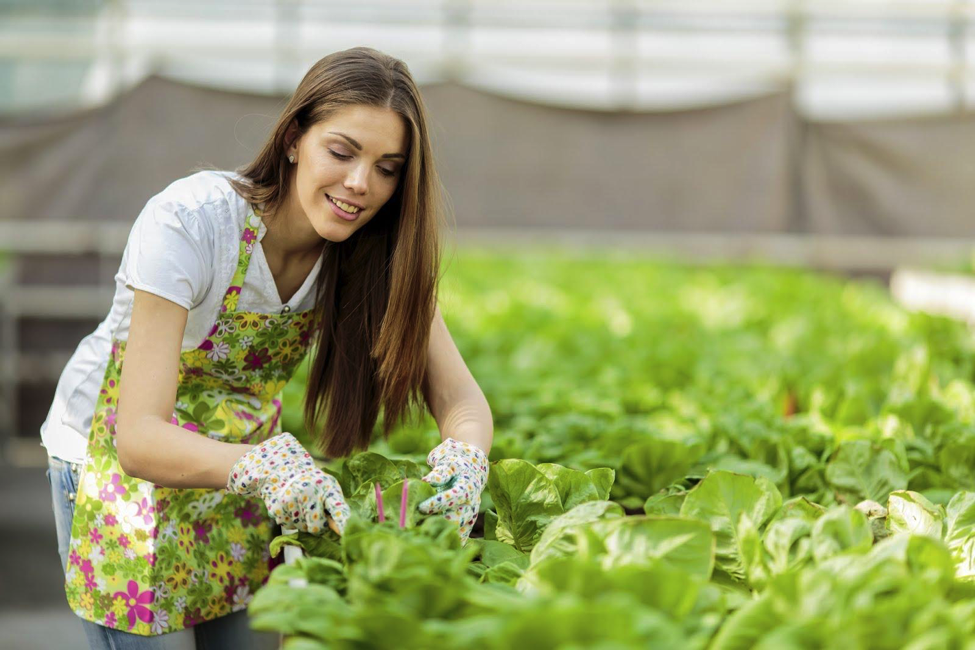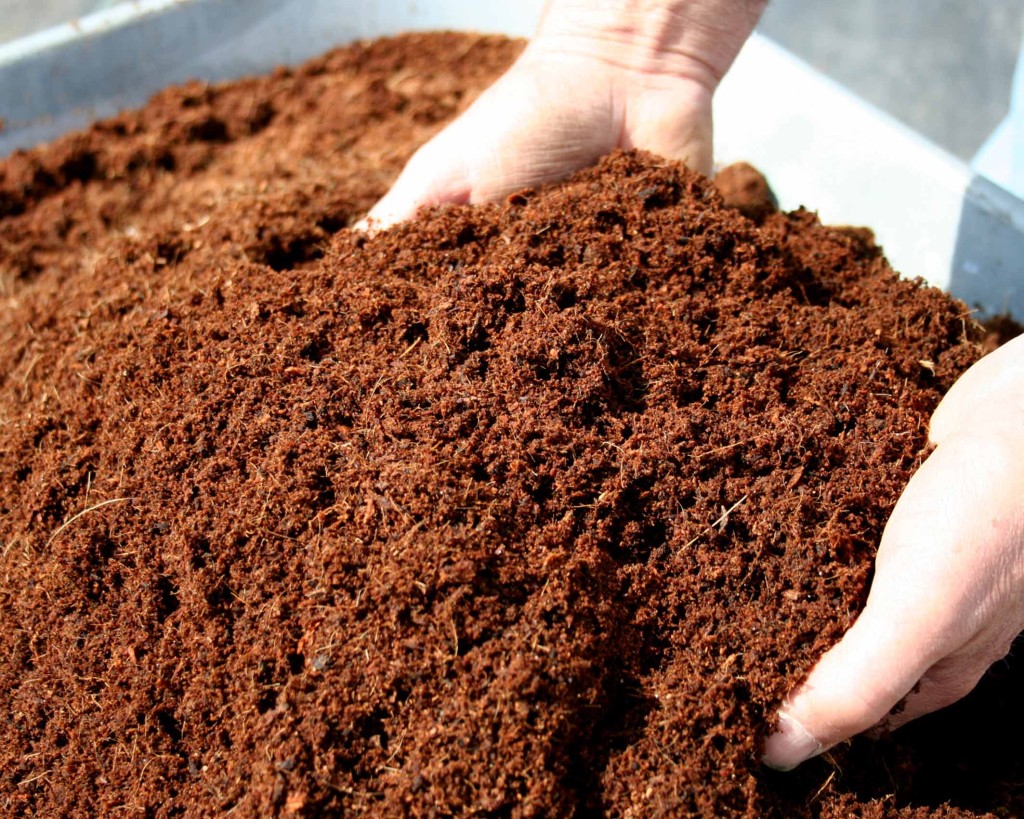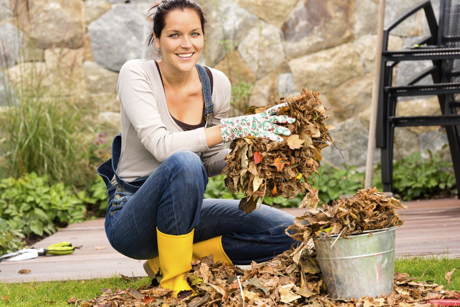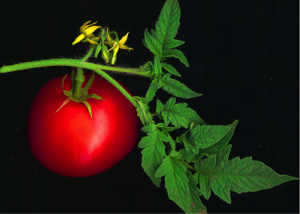Becoming a self sufficient gardener
Becoming a self-sufficient gardener simply means learning how to grow your own fruits and vegetables in a way that’s harmonious with the environment. This is also sometimes known as ‘sustainable gardening.’
This means that you won’t use harmful pesticides, and that you’ll recycle garden waste into compost that can be reused in the soil where your garden grows. In an age in which many people are trying to live healthier lives, growing and maintaining your own garden is an effective way to ensure that your family eats fresh, nutritious food that combats toxins and promotes an overall healthier lifestyle. You don’t need a lot of supplies to embark on your self-sufficient adventure; you just need to decide on a few things before you get started.
The first thing you must decide on is whether you are going to grow your vegetables indoors or outdoors. If you have a house, then even a small backyard can be used to plant seeds. But if you lack a backyard or an outdoor space, you can still grow some foods in indoor containers. The one thing you’ll need is plenty of sunlight and water for your seedlings to grow. Some vegetables, such as tomatoes, do require more space and are very difficult to grow indoors unless you have set up ample space inside.
The second thing you have to decide is what you are going to grow. With a few exceptions, vegetables and herbs are the easiest foods to grow and usually yield a harvest in two months or less. However, depending on what you’re growing, there are different requirements for the plants to flourish. Some vegetables need a lot of sun and can withstand hot temperatures, whereas others need less light and are likely to wither when it’s very hot. Where you live will determine in large part what you grow. If you reside in a very cold climate, then certain kinds of vegetables will not flourish in your climate.
Similarly, a very hot climate may preclude you from growing vegetables whose seedlings do not respond well to extreme heat. One of the main factors in deciding what you want to grow is you and your family’s likes and dislikes. Vegetables such as tomatoes, onions and salad are popular with a lot of people because they’re versatile enough to be used in a number of dishes, which maximises your self-sufficiency.
The next thing you have to do is make sure the soil you’re using is optimal. This is more important in an outdoor garden, where you can’t really control the soil quality. Indoor containers by definition will be composed of soil you select, so the prep work for an inside growing area is not as vital as for an outdoor. Soil is different everywhere, so after you’ve decided where your outdoor garden will be located, you have to clear out rocks, which are an obstacle to the growth of plants. Though it’s not an absolute necessity, you can buy a small kit to determine the pH level of your soil. This information can help you choose the right kind of vegetables to grow in your garden.
After you make these three decisions, you’re well on your way to becoming a self-sufficient gardener. Remember, it’s not about trying to become the ultimate green warrior. Start small, and as you achieve success, add on to what you’ve already grown. Soon, you’ll be waving goodbye to your grocery store produce section or farmer’s market, because you have everything you need at home.
We are one of the leading topsoil suppliers in London and would be glad to provide landscaping advice or help you with any queries you may have about your next landscaping project.



